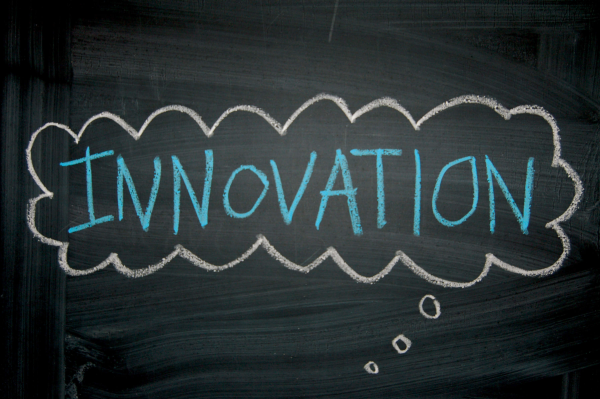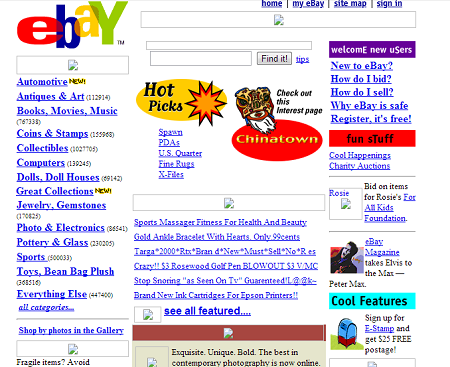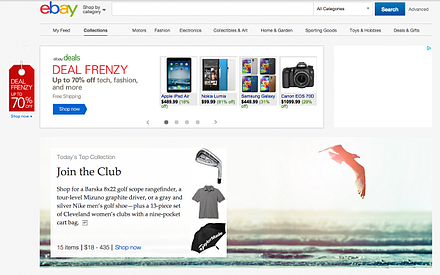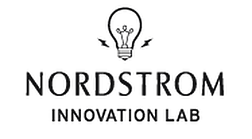
Image credit to Total Innovation Management Foundation
Innovation isn’t reserved for small start-ups. More and more big brands are developing Innovation Labs and hiring Innovation Consultancies to create game-changing products and services. Brands increasingly need to engage consumers in unconventional ways, but only a handful of these brands dedicate in-house resources to systematically understand consumer needs and drive new ideas.
What’s surprising is the fact that many executives prioritize existing goods and services without truly considering how their customers or markets have changed. But some leading brands are doing just that: leveraging new technologies to deliver innovative solutions.
Here are four brands spearheading Innovation:
Nordstrom
Nordstrom’s Innovation Lab describes themselves as “a team of techies, designers, entrepreneurs, statisticians, researchers, and artists, all trying to discover the future of retail.” Nordstrom’s Data Scientist, Erin Shellman, said in a recent interview, “the goal of the Nordstrom Data Lab is to deliver data-driven products to inform business decisions internally, and to enhance customer experience externally.”
As consumers become more and more attached to mobile devices, the opportunities for retailers to engage them become both easier and more difficult. While the opportunity is ripe, the means through which companies capture consumers’ attention must be strategic and deliberate. Whether a company uses scannable barcodes to relay detailed product information or mobile apps that allow consumers to skip checkout lines depends entirely on the behavior of their target market.
It's impressive that a company established in 1901 would leverage today’s technology to positively impact the future of their business. Nordstrom’s Innovation Lab is certainly setting new benchmarks in retail. The upscale fashion retailer definitely isn’t the new kid on the block, but their innovation lab has been called “a startup inside a Fortune 500 company.”
Ford
Ford Silicon Valley Lab is a self-proclaimed “hotbed of creativity, innovation, and entrepreneurship” located in Palo Alto, CA. Their team is comprised mostly of engineers in various disciplines, including mechatronics, product development, and embedded software. Paul Mascarenas leads the group as the CTO and VP of Research and Innovation along with K. Venkatesh Prasad, Senior Technical Lead, and Randal Visintainer, Director of Manufacturing, Vehicle Design and Safety.
Not only does Ford have an innovation lab that focuses on user experience and big data, but they’ve taken it a step further by fostering co-creation. Their Innovate Mobility Series encourages software developers to solve mobility issues around the world. There are currently six open challenges listed on their website. Four of the six are shown below:

Ford Innovate Mobility Series Challenges
Co-creation excites buyers by giving them a public call-to-action. By turning consumers into innovators Ford empowers potential buyers by inviting them to participate in the innovation process.
Home Depot
The Home Depot took a different approach to in-house innovation when they acquired Austin, TX based startup BlackLocus back in 2012. BlackLocus builds technology designed to help retailers make data-driven pricing decisions using algorithms. By uncovering consumer spending patterns, Home Depot hopes to make more informed decisions when it comes to what products they should offer and at what price. Since its acquisition, BlackLocus has been renamed the Home Depot Innovation Lab and its focus has remained on how to give Home Depot a competitive edge using software and analytics.
Rather than opening physical stores in new locations or reviving struggling locations, large retailers like Home Depot are using this money to invest in technology. As customers increasingly rely on smart devices for shopping, it is important that retailers understand these new spendng habits before allocating resources to enhancing physical spaces.
eBay
Online retail giant eBay has a Research Lab that focuses on creating innovative technologies that “will fuel the growth of eCommerce and help shape its future.” Since it’s inception in 1995, eBay has grown internationally with over 33,000 employees who’ve facilitated the selling of over $67 billion worth of online goods. No wonder the eBay Research Labs consist of seven different in-house groups:
eBay was one of the first online retailers to directly connect buyers and sellers, particularly in the auction space. As technology has changed, so has eBay’s platform and the way they’ve engaged consumers. Consider eBay’s website in 2000 compared to 2014.
eBay in 2000

eBay in 2014

eBay’s innovation isn’t limited to their digital presence; back in 2013 they signed a deal with Argos that allowed shoppers to pick up their online eBay purchases from local Argos stores.
Big Brand Transformation
As online sales increase year-over-year, large brands must find new ways to connect and engage with consumers. Both Nordstrom and Ford have been around since the early 1900s with Home Depot entering the market in the late 70s. They’re all classic companies who’ve successfully branded themselves as leaders in their industries. And as they look toward the future, they’ve embraced innovation as a means to stay ahead. eBay joined the party a little later, but they’re at no disadvantage when it comes innovation. In fact, eBay was born on the cusp of the Internet boom so it’s no surprise that they value research.
Sure, big brands can’t always move as quickly as startups, but that doesn’t mean they don’t recognize the need for brand transformation. And even if they can’t dedicate in-house resources to systematically drive new ideas, there are Innovation Consultancies like BeyondCurious that help big brands disrupt themselves before they’re disrupted by emerging trends and technologies.




